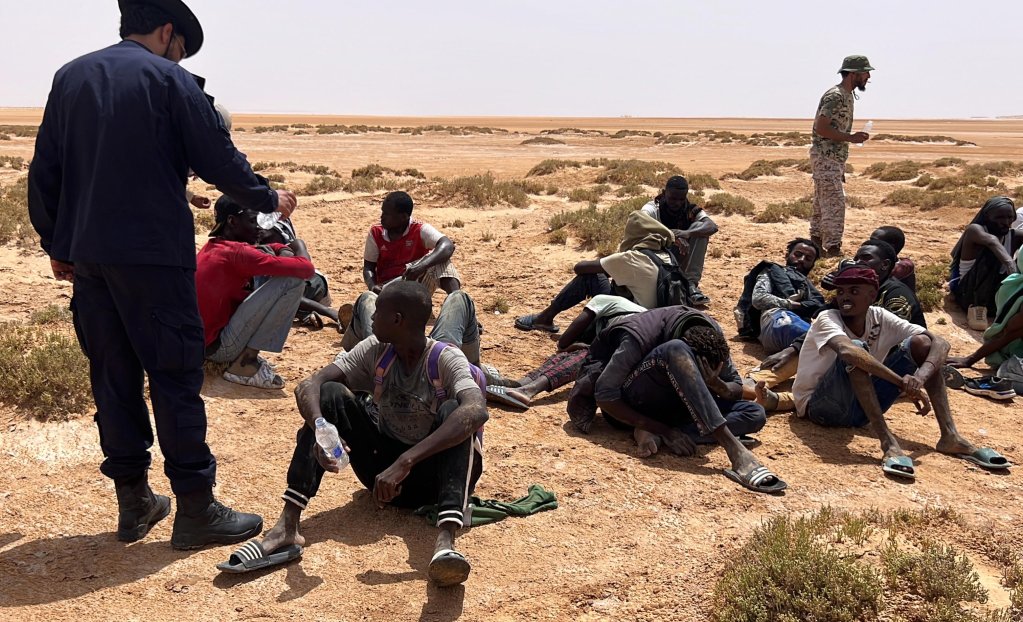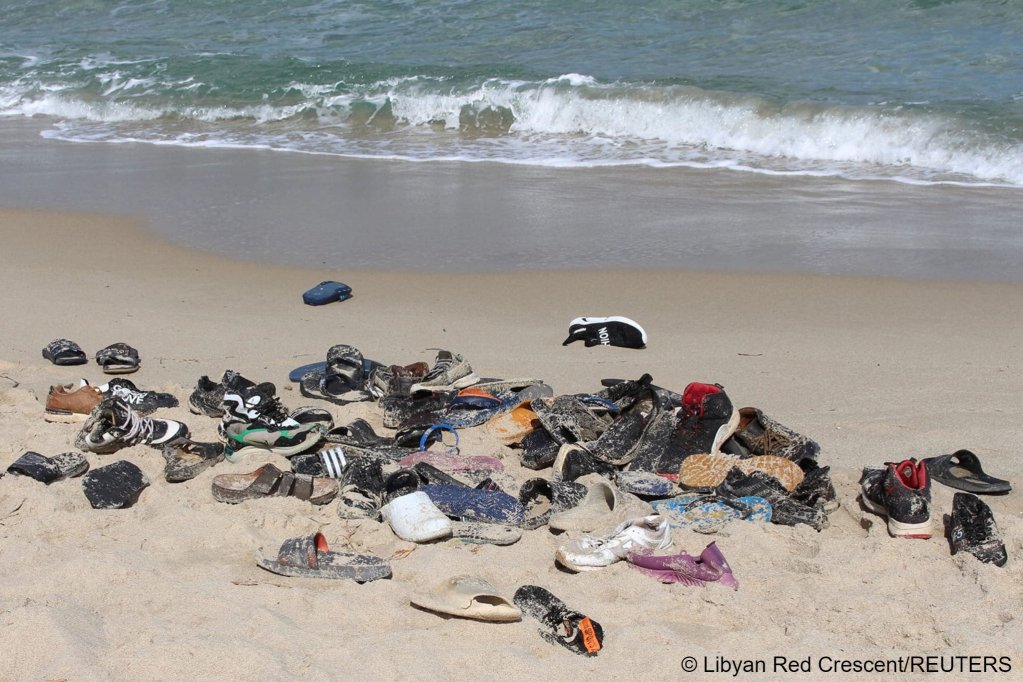In two separate instances, authorities in Libya recovered almost 30 dead bodies, all believed to be those of migrants. Ten bodies were retrieved from a shipwreck, while 19 were discovered in a number of graves at a farm.
Nineteen migrant bodies were discovered in a number of graves at a farm in Jikharra, some 440 kilometers southeast of Benghazi, Libya's second largest city. Fourteen of the bodies were discovered in a mass grave situated on the property, another four were found at a different location on the farm and another body was dug up at yet another spot nearby.
The security directorate of the Al Wahat district, which Jikharra is part of, said in a statement that they believed these deaths were related to smuggling activities in the area.
"The directorate was able to recover 19 bodies resulting from smuggling and illegal migration activities in Jikharra area, belonging to a known smuggling network," the directorate explained.
Graphic images posted by officials on Facebook show police alongside Red Crescent volunteers placing the bodies in black bags.
"The bodies were all referred to a forensic doctor to conduct the necessary tests," the directorate added in its statement.
Last month, authorities in the same area of the country managed to free over 260 sub-Saharan African migrants who had been "held by a smuggling gang in extremely poor human and health conditions."

Read AlsoTens of thousands of migrant testimonies reveal dangers of land routes in Africa
Shipwreck near Tripoli
In an unrelated development, the Libyan Red Crescent said its volunteers had also recovered the bodies of 10 migrants on Thursday after their boat sank near the city of Zawiya, located some 40 kilometers east of the capital, Tripoli.
In this instance, the Red Crescent also posted pictures showing volunteers placing the bodies in plastic bags, while one volunteer is seen putting numbers on the bags.
According to the IOM's Missing Migrants Project, at least 3,100 people died or disappeared on the Mediterranean route in 2023, making it one of the world's most dangerous migration routes. The UN project is currently updating its data for 2024, noted a message on their website.

Read Also'Unimaginable horrors' on migration routes to Europe, UN report
Horrendous conditions in Libya
Libya is one of the main transit routes in North Africa, attracting people fleeing conflict and poverty with hopes of reaching Europe.
However, many migrants from around the world get stuck in Libya, often winding up in the hands of smuggling gangs known for violent breaches of human rights. There are reports of some people, including the elderly and the frail, being left in the middle of the desert in transit.
Multiple reports detail instances of torture, abuse, rape, slavery and murder across the country, especially in detention centers for migrants.
In March last year, the discovery of the bodies of 65 migrants in a mass grave in southwest Libya sent shockwaves through the region and beyond.
Read AlsoOrganizations working to identify those who die at Europe's borders
with Reuters
